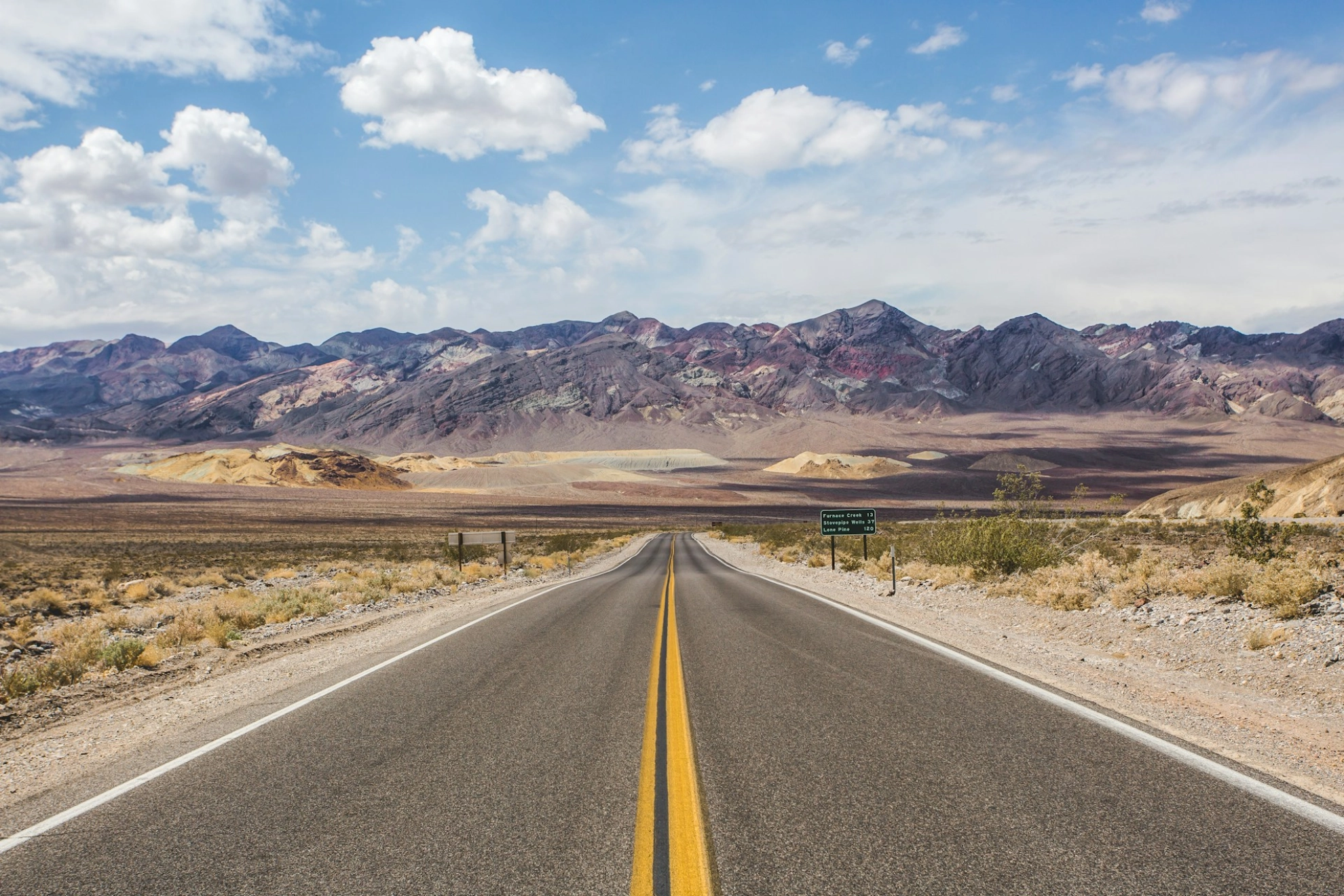In recent headlines, the National Park Service (NPS) has found itself at the center of a controversy due to a lawsuit challenging its transition to a cashless entry system at parks and historic sites throughout the United States. Three Americans—Esther van der Werf from Ojai, California; Toby Stover from High Falls, New York; and Elizabeth Dasburg from Darien, Georgia—have initiated legal action against the NPS. They assert that the refusal to accept cash payments at various parks infringes upon the Administrative Procedure Act and the National Environmental Policy Act.
These individuals highlight that 29 locations nationwide no longer take cash as a form of payment for entry. This list includes Arizona's Saguaro National Park, Organ Pipe Cactus National Monument, Tonto National Monument, New York's Roosevelt-Vanderbilt National Historic Site, and Georgia's Fort Pulaski National Historic Site.
In May 2023, the NPS announced that several sites within its system, numbering 424 in total, would phase out cash transactions for entry. This decision aligns with U.S. Treasury policies aiming to reduce cash handling throughout the federal government. Influencing factors include the downturn in formal banking services and the closure of brick-and-mortar banks, which pose significant hurdles to cash management, particularly in remote locales. For instance, Death Valley National Park reported spending approximately $40,000 each year on cash handling and transportation.
The move away from cash has mirrored a decrease in cash payments from visitors, leading to more efficient transaction processing. By consolidating various point-of-sale systems into one unified system, cashless operations have become quicker and more streamlined. This allows the NPS to better allocate its resources to core functions such as law enforcement and emergency services rather than the logistics of cash management. Despite the clear benefits, this transition has been met with legal pushback.
It is evident that the National Park Service is grappling with significant challenges as it seeks to modernize while maintaining accessibility and equity. As the agency moves forward, it must ensure its commitment to serving all visitors and upholding the availability of America's natural and cultural treasures for everyone.
Sources: USA Today and New York Times
